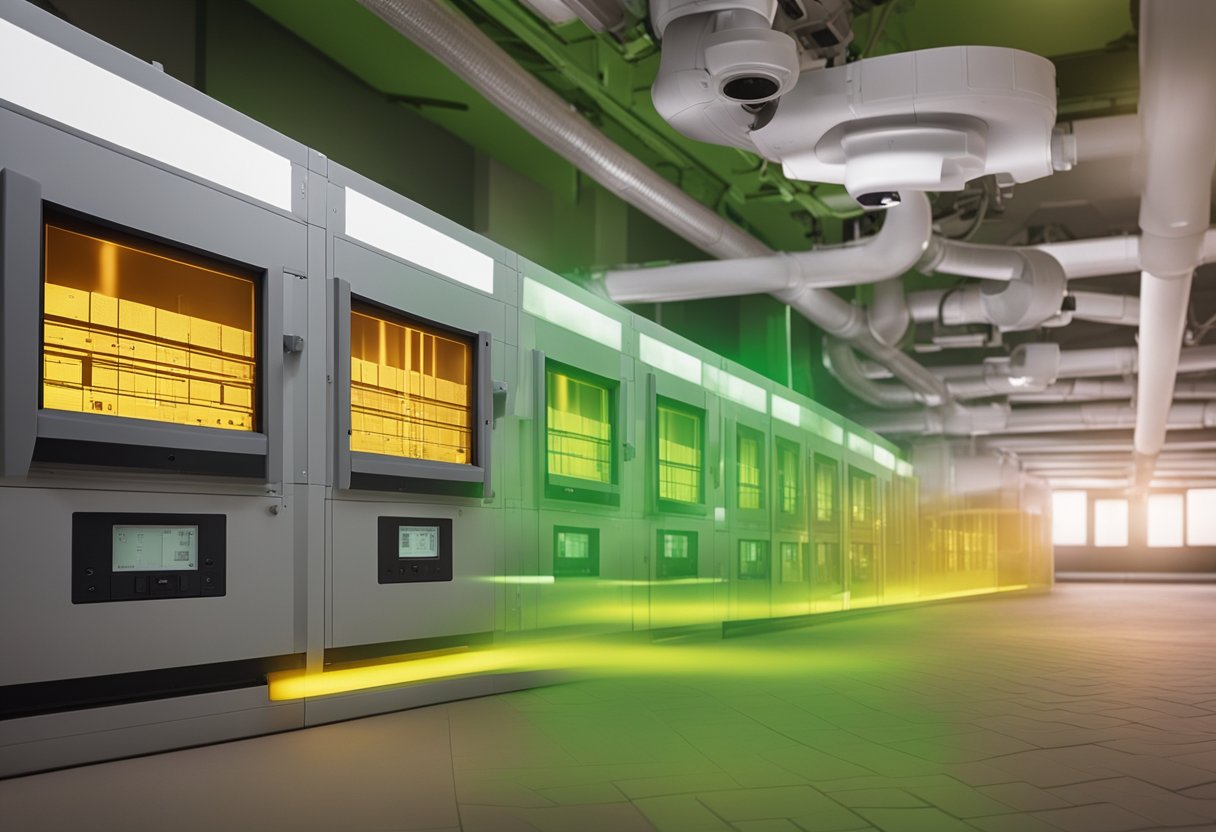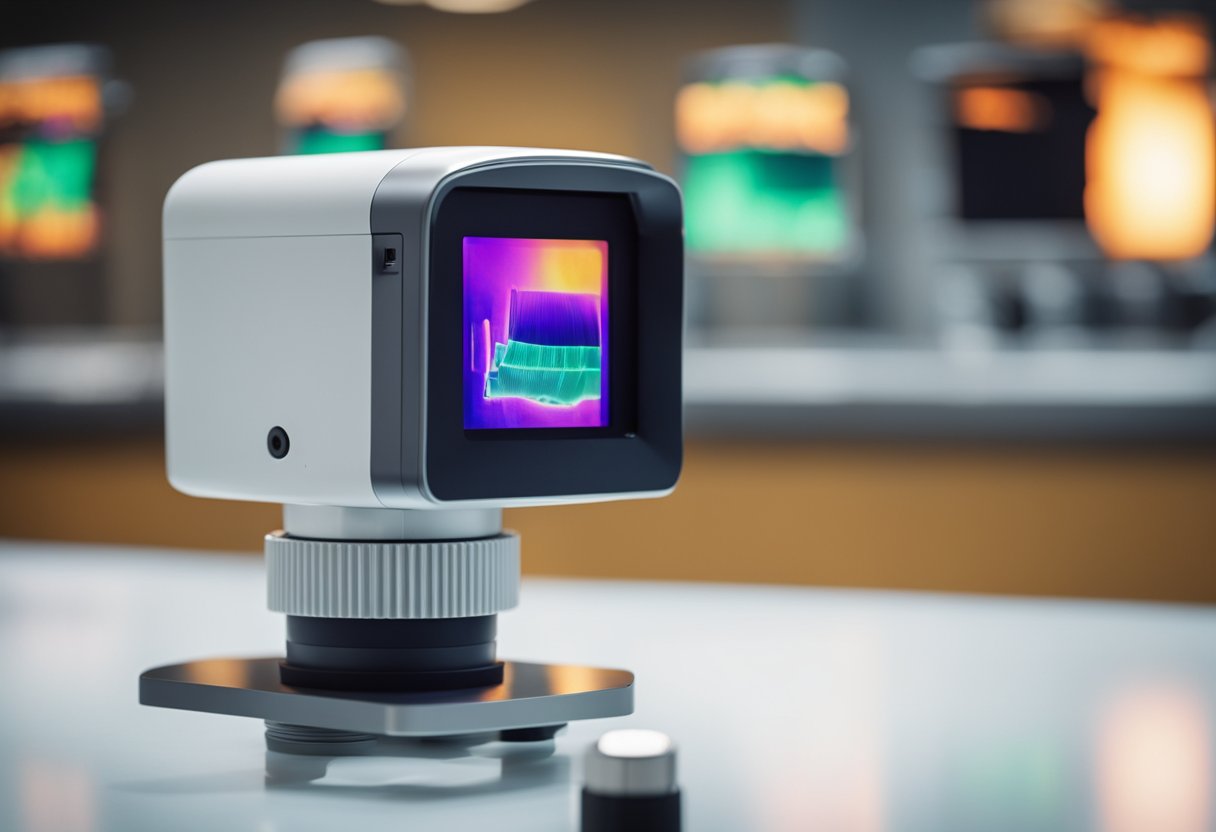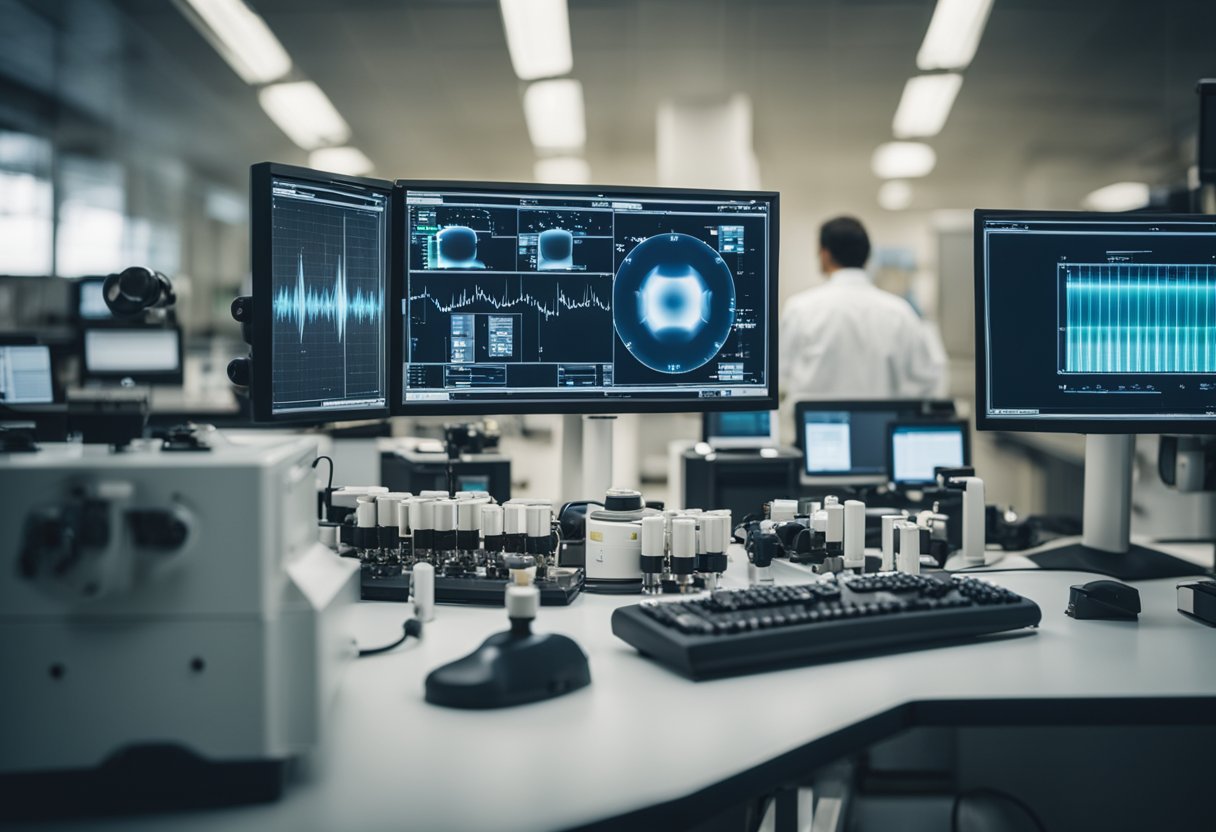Infrared thermography has become an invaluable tool in various fields, leveraging thermal imaging to capture and analyze heat emissions. You can use this technology to detect abnormalities not visible to the naked eye, making it particularly useful in medical applications. For example, infrared cameras can monitor inflammation and blood flow, providing critical insights for diagnosing injuries or diseases.
 In the world of engineering and maintenance, sensors and infrared cameras play a crucial role in identifying equipment faults. They help detect overheating parts and prevent potential failures. This application extends to building inspections, where thermal imaging reveals issues like insulation gaps, electrical problems, and moisture intrusion.
In the world of engineering and maintenance, sensors and infrared cameras play a crucial role in identifying equipment faults. They help detect overheating parts and prevent potential failures. This application extends to building inspections, where thermal imaging reveals issues like insulation gaps, electrical problems, and moisture intrusion.
With the ability to measure radiation emitted from objects, infrared thermography offers a non-invasive method to enhance safety and efficiency. Security agencies employ this technology to monitor perimeters and control access to sensitive areas. By understanding and applying infrared thermography, you unlock a versatile and practical tool that serves a broad range of sectors.
 Infrared thermography has diverse applications in the medical field, ranging from cancer detection to managing inflammatory diseases, and employs advanced analytical techniques to improve diagnostic accuracy. These applications leverage skin temperature and thermal imaging to detect anomalies in human body temperature.
Infrared thermography has diverse applications in the medical field, ranging from cancer detection to managing inflammatory diseases, and employs advanced analytical techniques to improve diagnostic accuracy. These applications leverage skin temperature and thermal imaging to detect anomalies in human body temperature.
Infrared thermography plays a crucial role in detecting and monitoring breast cancer. By using infrared imaging, doctors can visualize abnormal heat patterns in breast tissue.
This non-invasive method can be advantageous when used alongside traditional methods like mammography. It involves analyzing thermal images to identify increased skin temperature indicative of vascular changes associated with cancer.
Specifically, it can help in early detection, especially in women with dense breast tissues, where traditional screening may fall short. In specialized applications, infrared thermal image analysis can aid in assessing treatment efficacy by monitoring temperature changes over time.
Medical thermography is extensively used for diagnosing and managing a range of diseases, including rheumatic and peripheral vascular disorders. By examining thermal imaging results, physicians can detect variations in human body temperature that signify inflammation or vascular challenges.
In inflammatory diseases like arthritis, medical thermography helps pinpoint areas of inflammation, providing insights into disease progression and treatment response. For diabetic patients, it aids in detecting foot ulcers by capturing abnormal heat patterns. Infrared thermography is also widely used in fever screening, identifying elevated temperatures to prevent the spread of infectious diseases.
The integration of artificial intelligence (AI), machine learning, and deep learning in infrared imaging has revolutionized medical diagnostics. These tools enhance infrared image analysis by providing precise and automated interpretations of thermal data.
AI algorithms can compare patient data against vast reference data sets, ensuring more accurate diagnoses. In cases of breast cancer screening, for instance, AI can significantly reduce false positives and negatives.
Machine learning models are trained to detect subtle temperature deviations, enhancing the ability to diagnose conditions at a very early stage. The ongoing advancements in biomedical engineering are continuously improving the capabilities and applications of medical devices using infrared thermography.
 Recent developments in infrared thermography have led to significant improvements in sensors and measurement techniques, expanding its applications in medical fields. Innovations integrate artificial intelligence and other modalities, enhancing diagnostic accuracy and patient care.
Recent developments in infrared thermography have led to significant improvements in sensors and measurement techniques, expanding its applications in medical fields. Innovations integrate artificial intelligence and other modalities, enhancing diagnostic accuracy and patient care.
Advancements in non-invasive measurement techniques allow for more precise and accurate temperature assessments. Improved sensors increase sensitivity to temperature variations, facilitating early defect detection and anomaly identification.
Techniques such as active thermography and medical infrared imaging are instrumental in non-destructive evaluation. These techniques provide valuable information about body thermoregulation and spectral emissivity without physical contact, making them ideal for neonatal physiology and other sensitive contexts.
Infrared thermography is increasingly used in gynecology, oncology, and radiology. For example, it helps detect breast cancer at an early stage by identifying abnormal temperature patterns.
In kidney transplantation, thermography monitors graft perfusion and predicts complications. It’s also vital in neonatal physiology to monitor and manage infants’ body temperatures, thus preventing hypothermia or hyperthermia. This technique is gaining recognition for its ability to provide real-time, non-invasive insights across various medical specialties.
Combining thermography with other diagnostic methods, such as ultrasound or MRI, yields comprehensive patient evaluations. This integration enhances accuracy and supports the central heart and other body systems.
The use of artificial intelligence in analyzing thermographic data facilitates more precise diagnostics and personalized treatments. As technology evolves, medical infrared imaging combined with AI helps in efficient defect detection and monitoring, revolutionizing patient care.
These technological advancements contribute significantly to the medical community by providing detailed, non-invasive insights and helping improve patient outcomes.
Explore the vast potential of infrared thermography applications to enhance your lab’s diagnostic and maintenance capabilities. Whether you’re looking to improve equipment monitoring or advance medical diagnostics, this technology is a game-changer. Don’t miss out on the opportunity to integrate cutting-edge thermal imaging solutions into your operations. Contact us today to learn how we can help you implement infrared thermography for optimal results.